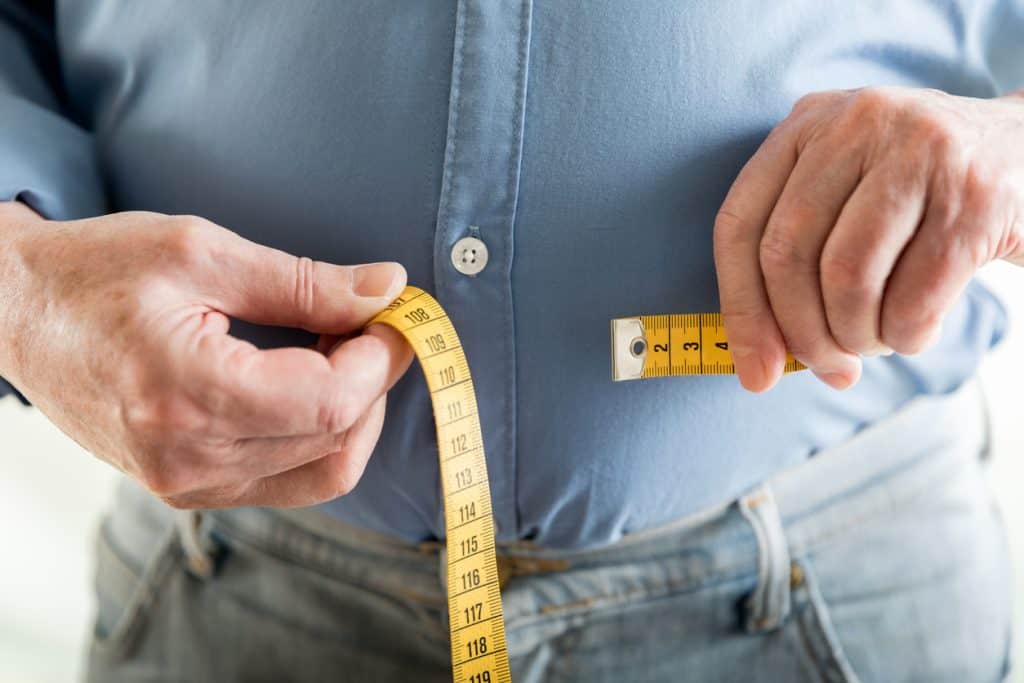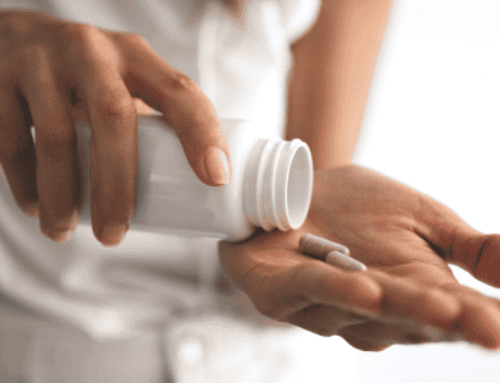
The term ‘body fat’ has a negative vibe about it. Years of exposure to ‘diet culture’, which describes fat as this horrible substance that must be melted off your body, makes us think that the less body fat we have the better.
Combine this with the daily bombardment of images depicting exceptionally lean people living happy, perfect lives, and you’ve got a whole generation of people who don’t measure up in the body fat stakes. Most of us are unhappy with our bodies. Most of us have tried to diet at least once in our lifetime.
The problem is, the line between what our culture defines as aesthetically beautiful and what is actually healthy is a little blurry. Those who are lean are not always healthy and vice versa.
So, what is a healthy body fat percentage?
Body fat is essential
Before we get into the numbers, it’s important to understand that body fat is normal and healthy. It’s supposed to be there. It is an essential part of your body composition and vital for long term good health. Every cell in your body is surrounded by a bi-lipid layer (fat) and you can’t stay warm, absorb some vitamins, keep your immune system functioning or reproduce (have kids) without it.
When it comes to recommended ranges of body fat percentage, there is no internationally accepted guideline. What we do know is that BMI (a body weight to height squared ratio) does not always give a true indication of ‘fatness’. We also know that body fat levels at different BMIs differ widely between ethnic groups, life stages and the amount of activity a person does.
The American College of Sports Medicine suggests:
“Essential fat is the minimal amount of fat necessary for normal physiological function. For males and females, essential fat values are typically considered to be 3% and 12%, respectively. Fat above the minimal amount is referred to as nonessential fat. It is generally accepted that a range of 10-22 percent for men and 20-32 percent for women is considered satisfactory for good health.”
This statement DOES NOT mean that you need to get your body fat as low as the minimum amount to be healthy, quite the contrary. It means that this is the bare minimum that you can function on, before you don’t function well – get it?
A range of body systems become affected as body fat gets too low, particularly related to the sex hormones. For a woman, this means the loss of her period from reduced reproductive hormones. For men, the loss of libido and a drastic decrease in testosterone. The point at which this occurs is different for everyone.
How much is too much?
Too much body fat is also associated with poor health. We all know this. Heart disease, type 2 diabetes, cancer… just to name a few.
Over 60% of Australians fall into the overweight category and would greatly benefit from dietary changes to reduce their weight. For a large majority of them, a goal of 12-32% body fat may not be realistic or sustainable. The enormity of such a goal, for many, is too much to even get started on making a dietary change. More commonly, they get started only to find a few weeks later that they weren’t able to stick to it.
The truth is, if you’re feeling like you belong to the group above, the best thing you can do is just start to take small steps towards improving your diet quality and gradually losing body fat. The research tells us that even a 5% reduction in body fat can dramatically improve metabolic health. If you lose 5% and maintain that long term, that’s better aiming for 20% and not achieving anything at all.
How do I measure it?
There are a number of different ways to measure or estimate body fat. They include:
- Dissection – where we cut open deceased people and precisely measure their fat mass, among other things. Not really helpful for you I know, but I thought it was interesting!
- Hydrodensitometry (underwater weighing) – seen as the gold standard amoung experts but not practical for the everyday person to do.
- Dual energy X-ray absorptiometry (DXA scan) – a large, expensive x-ray machine that is quite accurate but due to the radiation it’s not recommended to have the scans regularly.
- Bioelectrical impedance analysis (InBody 570 Scanner and other machines) – sends a small electrical current through the body and estimates body composition. There is a large variation in the accuracy of machines available on the market, with some (InBody 570) more accurate than others.
- Skin fold measurements with callipers
At The Healthy Eating Clinic we conduct full body composition analysis using our InBody 570 machine. It uses the latest bioelectrical impedance technology to precisely measure your muscle mass, fat mass, water levels, bone mass and more. It’s one of the best ways (quick, painless, safe and precise) to track our client’s progress and improvement over time.
What do I do now?
We only have limited mental, physical and emotional energy and we have to spread this across LOTS of priorities across our day. It’s often not possible to change everything about our diet all at once. However, if we focus on one aspect of our daily routine, master it and then move onto the next thing, we find that over a 12-month period we’ve have made big changes but in a sustainable way.
If you’re looking to decrease your body fat levels for good health, I would strongly recommend getting some guidance from a qualified nutrition professional. They can help you focus on the areas of your diet that will get the biggest bang for your buck and achieve the right body fat level for you.
If you’d like further help with your nutrition please click below:



